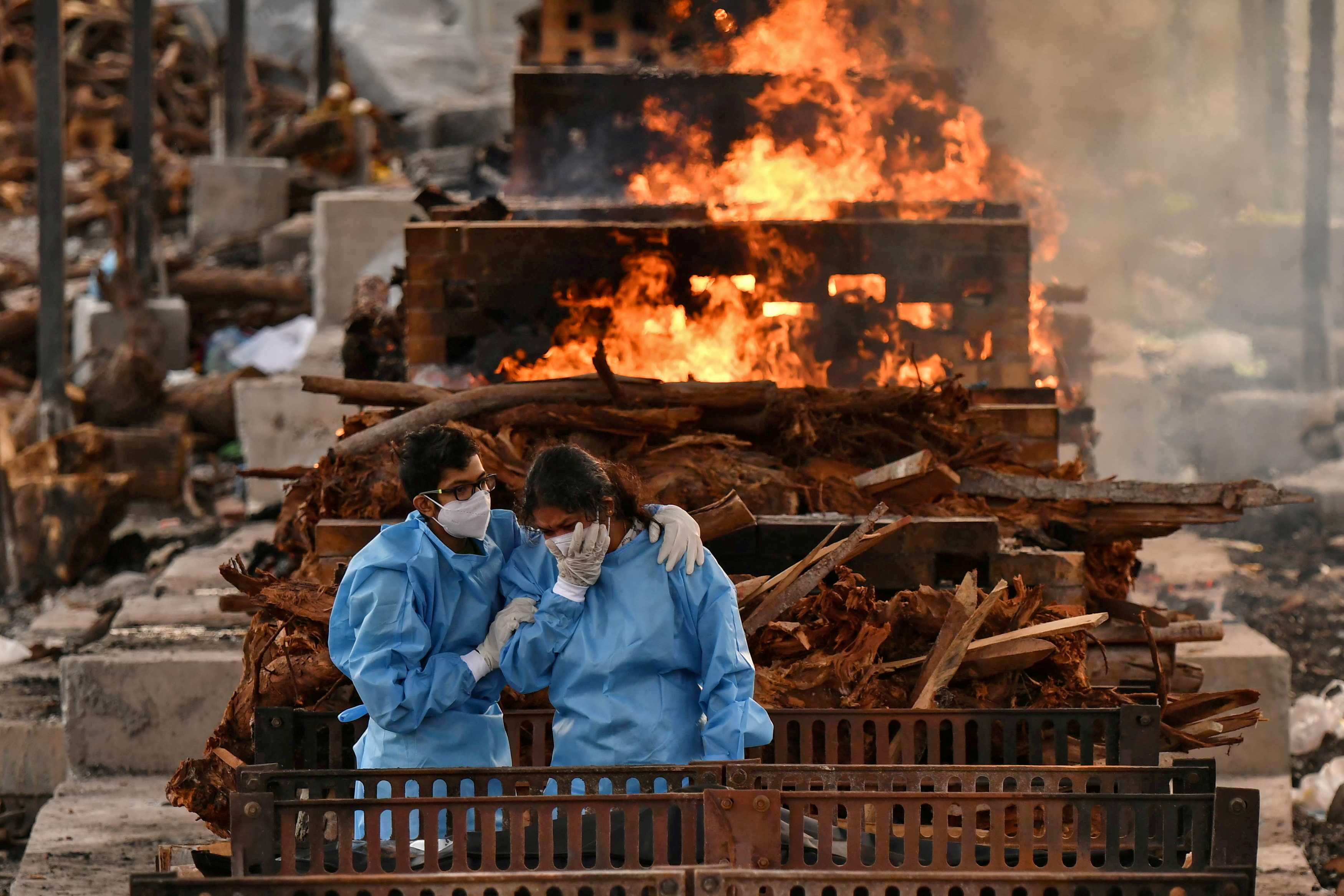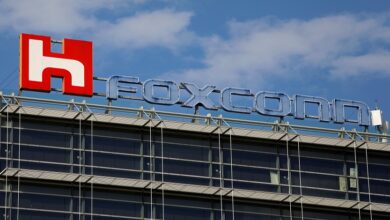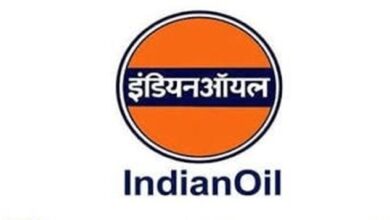
Given the havoc that had been wrecked on the Indian economy, it might be refreshing to hear that the economy is finally recuperating from its economic slump. To corroborate such claims various high-frequency indicators have suggested that the Indian economy has positively managed a V-shaped recovery. The V-shaped, and according to some experts, K-shaped recovery was seen after the disruption that had been caused by the second wave.
It is to be noted that the second wave which was medically draining and aversive, didn’t have much crippling effect on the economy. This was due to the fact that partial lockdowns were placed in the economy in contrast to a blanket lockdown. Thus, the most pertinent question at the moment is not whether the economy has come back to the previous levels but is when the economy will regain back to the pre-pandemic levels.
The arduous situation of COVID-19
Many things are standing in the way of holistic economic recovery, but two main problems that face the economy are the pandemic-related restrictions that is highly preventing mobility amongst the masses. The prevention of mobility is leading to difficulty in the restoration of economic activities. The second reason why the economic recovery is looking like a farfetched idea is the lack of aggregate demand. This is due to the loss in incomes that was witnessed during the pandemic. The incomes were lost due to increased medical expenses during the second wave and burgeoning unemployment in the economy.
Has economic recovery slowed?
Given various economic indicators out there, the solution to the question depends on which indicator we are looking at. Scrutinizing the Nomura India Business Resumption Index (NIBRI), the indicator had effectively surged from 62.9 in the month of May to 86.3 in the month of June. This effectively shows a revamp in the economic activity and a significant comeback. But according to consequent data, the economic revamp seems to have lost its momentum from mid-July onwards.
NIBRI had significantly had reached 96.4 by July 18. But according to further reports, it had fallen marginally for two consecutive weeks. According to reports it was recorded at 95 at the end of the week on August 1.
Purchasing Managers’ Index (PMI), which measures the manufacturing in the economy, which is the highest contributor to GDP, was measured at an impressive 55.3 in the month of July. It is to be noted that a PMI larger than 50 indicates expansion and below it indicates contraction. Additionally, it is to be membered that July 2021 was the first time when the PMI manufacturing index had recorded an increase in employment. This was a significant rise in manufacturing activity since the pandemic began.

But looking at PMI for services, it stood at 45.4. this made the month of July the third consecutive month of contraction in the services activity.
Notably, it is worth mentioning that services effectively have a bigger share in Gross Value Added compared to manufacturing. To put this fact in perspective, it is to be noted that the share of services in GVA in the financial year 2019-20 was 55.6%. on the other hand, the share of manufacturing in GVA for the same financial year was at 17.1%. the statistics effectively show that a revival in the services sector is not only crucial but also mandatory for boosting GDP growth.
Rise of cases- an aversive roadblock in the way of economy
In the month of May, India was witnessing unprecedented levels of covid cases, so much so that oxygen and hospital bed had become scant. Also, given the high virulent nature of the pandemic, the mobility of the public was halted. Now, if mobility was restricted, economic activities were bound to get disrupted in the economy. But given the nature of the recent lockdown that was placed in the economy, partial movement necessary did not impact the economy.

Now, it is quite true that the seven-day average of Covid-19 cases has been effectively reversed. But this does not guarantee that the entire nation is not witnessing a resurgence. States like Kerala and Maharashtra still find themselves in troubled waters. But given, these can be considered as an exception. Thus, it can be stated that country at the moment is witnessing falling covid positive cases and mobility of the public will not need to be curtailed. This effectively points towards the fact the economic activity in the economy will continue to rise.
Pace of vaccination
One solution that everyone has been retreating for some time now is vaccination. Effective, robust vaccination of certain populations in the economy will go a long way. When more percentage of the population is vaccinated, mobility of the public will not have to be curtailed. Secondly, a robust vaccination campaign will provide public immunity against the odious third wave. It is to be noted that immunization against third wave will help revive consumer sentiments in the economy.
It is to be also noted that mobility is not yet at the pre-pandemic level even though most of the restrictions have been removed. Thus, it could be effectively argued that, at the moment, voluntary inhibition is taking place. This could be due to the fact that people are waiting for vaccination levels to rise in the economy.
But on the contrary, various discrepancies have been presented through data as some states like Bihar have the lowest share of the population that has been vaccinated, but its mobility levels are the highest. Thus, it cannot be stated that the vaccination pace in the economy is inhibiting growth in the economic activities in the economy.

Given all the aforementioned arguments, it can be stated that maybe the demand in the economy is the actual culprit for slow economic growth. It is no news that the financial capacity of the public has been cripple due to the second wave. According to the Pew research, 75 million Indians have slipped into poverty.
Thus, given the crippled economic-financial capacity of the public, it can be effectively stated that demand can at some point be affecting the economic numbers. This can be also true due to the fact that inflation in the economy is burgeoning due to increasing crude and gasoline prices. If this is true, this can create a vicious circle in the economy. A vicious cycle that can lead to low demand to destroy jobs and incomes, which can further depress demand in the economy leading to slower growth.
Edited by Aishwarya Ingle




